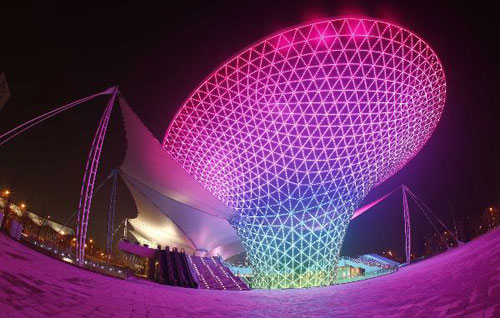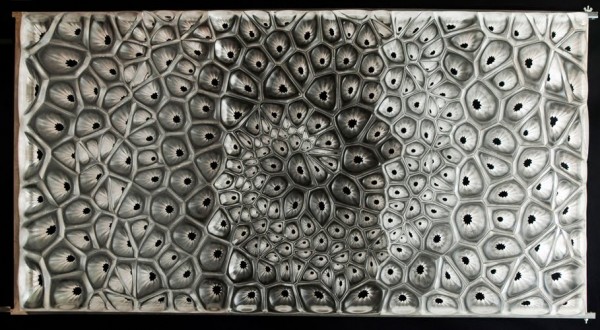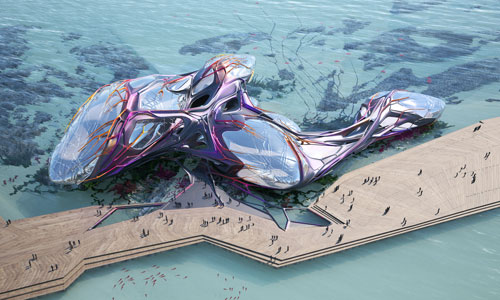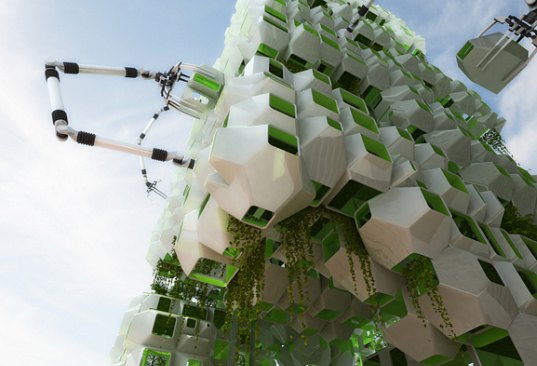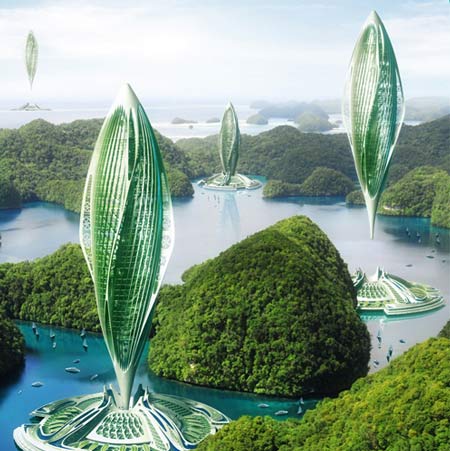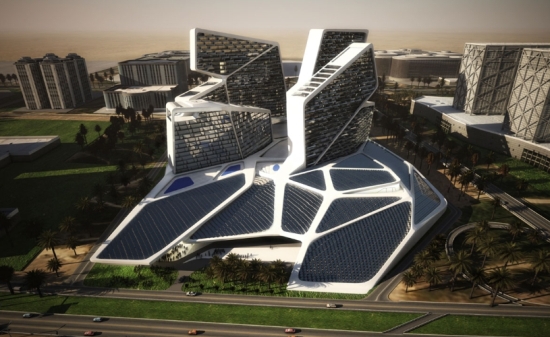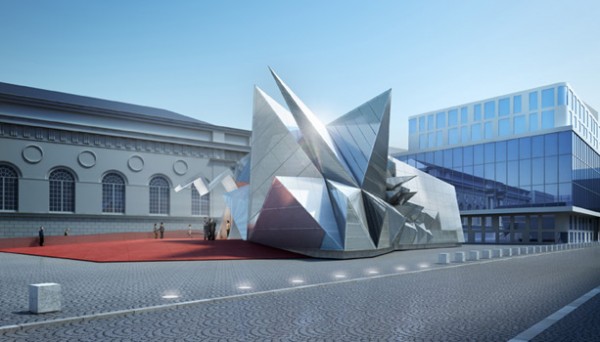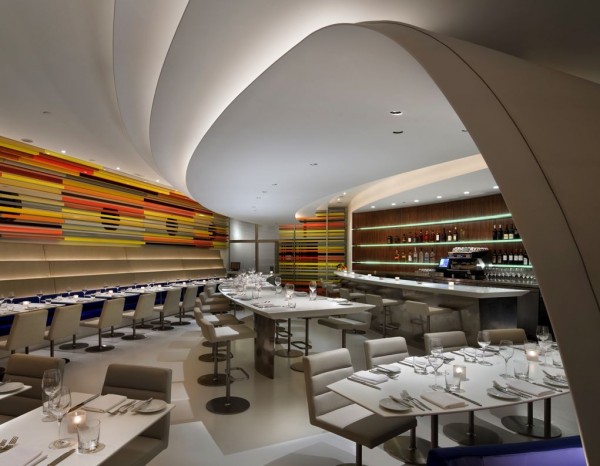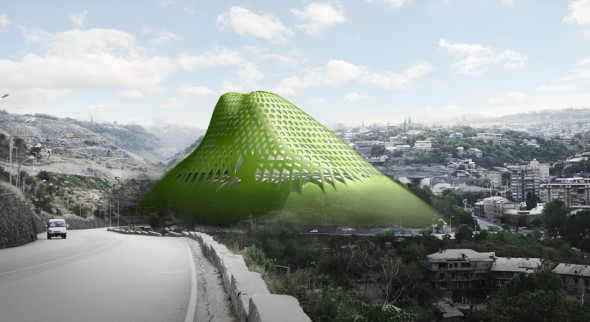The 2010 Shanghai World Expo ‘Better City, Better Life’ has officially opened its doors to more than 70 million expected visitors. Although 190 countries are participating in the event, only 79 nations built their own pavilion. During the last year we have seen the transformation of the banks of the Huangpu River into the largest World’s Fair.
Images of every pavilion at the 2010 Shanghai World Expo: Read the rest of this entry »

